
Service Category
cybersecurity
In today’s digital era, where the internet and technology are woven into every aspect of life, cybersecurity stands as the cornerstone of safety and trust in the virtual world. Cybersecurity encompasses the practices, technologies, and strategies designed to protect systems, networks, and data from unauthorized access, disruption, theft, or damage. As cyber threats evolve and increase in sophistication, the importance of robust and adaptive cybersecurity cannot be overstated.
Modern organizations operate in a highly interconnected environment, where sensitive data is constantly exchanged across networks, devices, and applications. From financial transactions and personal communications to government operations and healthcare services, digital systems handle critical information that is attractive to cybercriminals.
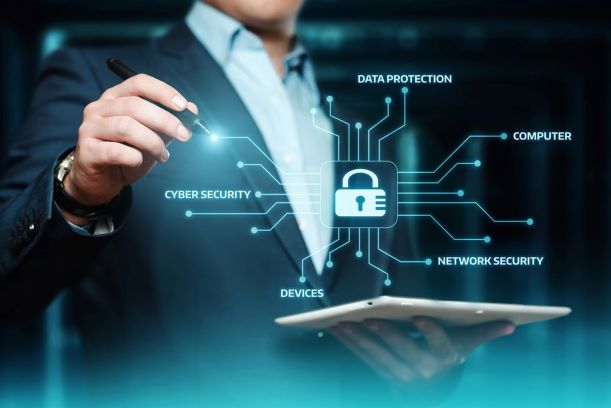
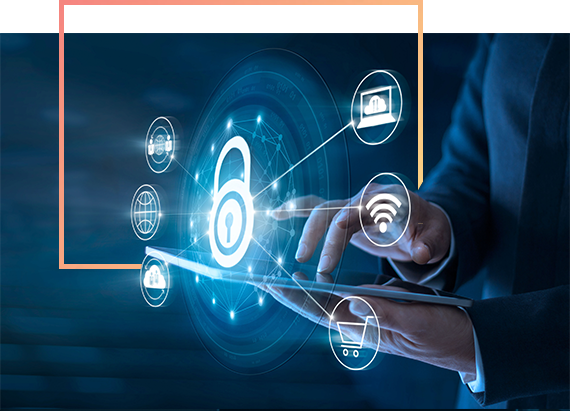
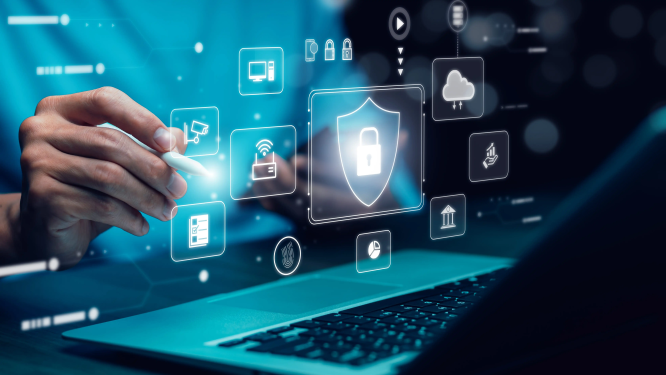
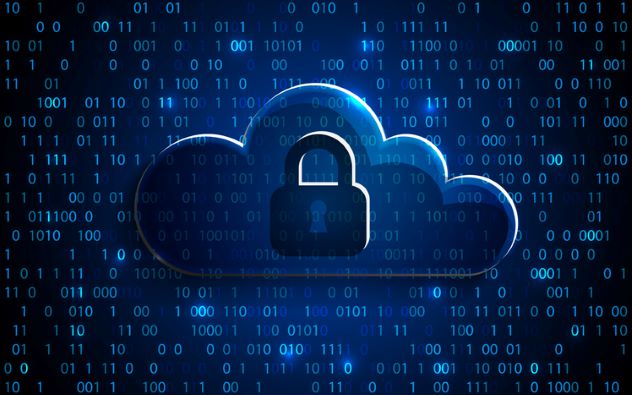
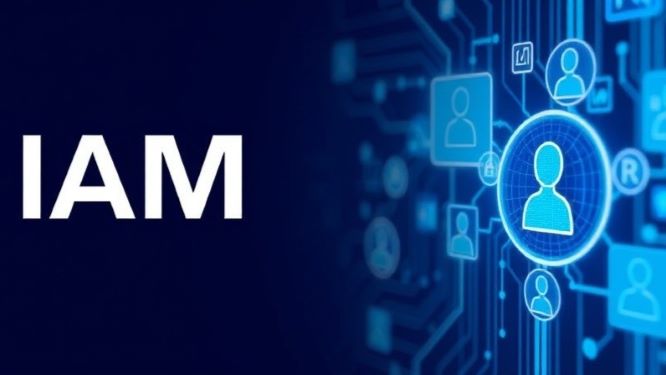
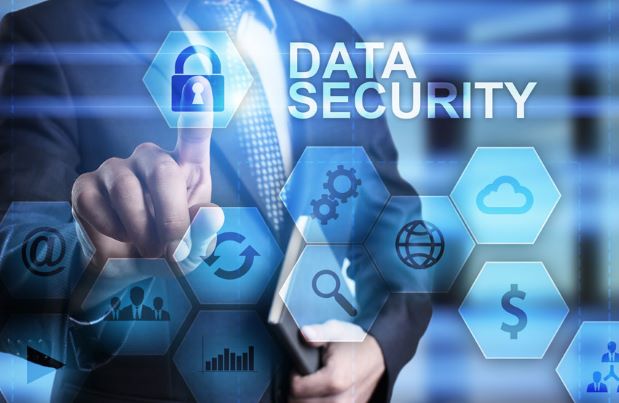

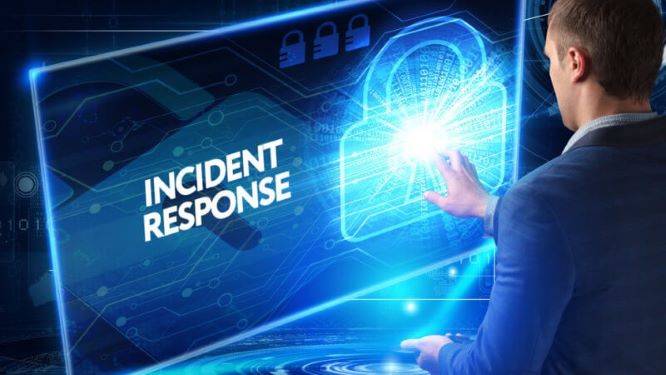
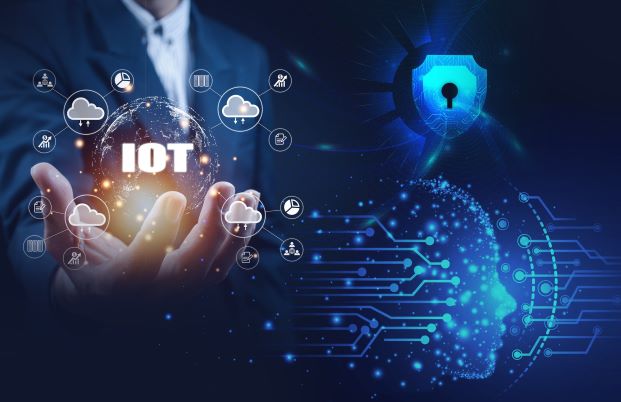
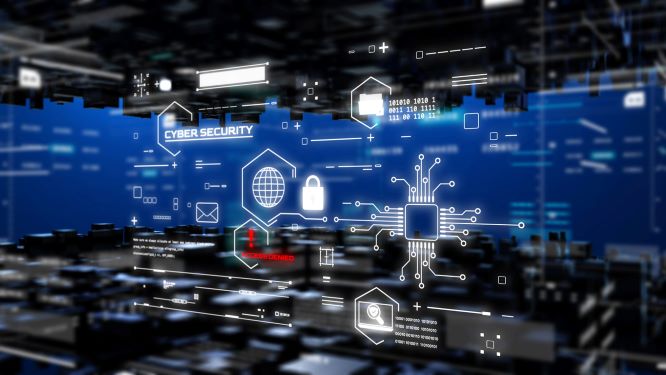
.png)